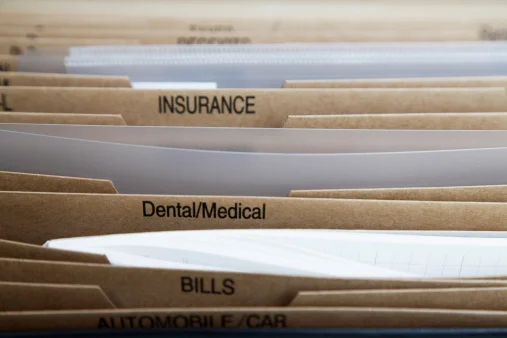Tag: medication

Medicare’s donut hole is the bane of existence for retirees with expensive medications. They will get substantial relief in 2025, when the Inflation Reduction Act, signed by President Biden last week, will cap all retirees’ annual drug copayments at $2,000. Monthly drug plan premiums are not included in this cap. The cap will effectively eliminat…

Several million retirees have spent so much on their prescriptions in recent years that they crossed over into the “catastrophic” phase of their Medicare drug plans. Once catastrophic coverage kicks in, Part D drug plans require retirees to pay only 5 percent of their medication costs out of their own pockets. But there’s a catch:…


